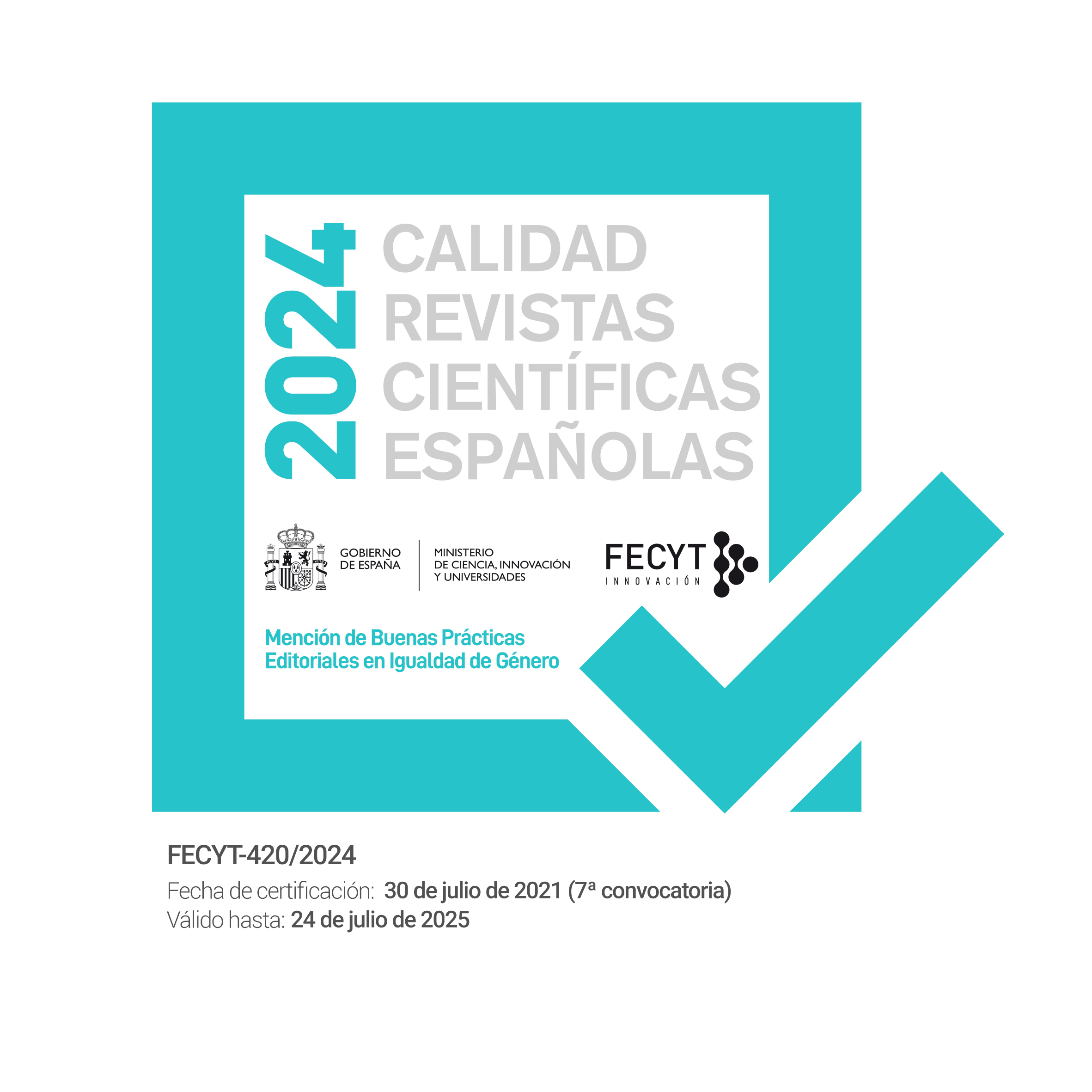Messages from the Underground: Interspecies Memory in Times of the Climate Change
Keywords:
interspecies, plants, memory, climate change, culture, weeds, activismAbstract
In times of climate change, the citizens of Málaga (Spain) must consider how to respond to both the longer droughts and the torrential rain falls that pose serious threats to local agriculture. In this context, the non-profit group Ecoherencia researches and teaches how to use plants that are viewed by society as weeds, but are equipped with various nutritional, medicinal, and agroecological properties —they call them Multifunctional Plants (PlaMs)—. The ease with which these plants grow is due to what Ecoherencia calls “soil memory.” These weeds may have constituted crops long ago, and their seeds remained and multiplied over the centuries. This paper departs from Ecoherencia’s vision to propose and examine the concept of interspecies memories, phenomena of centuries-long interactions between species and ecosystems that generate structures of meaning, flesh, and matter. It is not just human memory of the environment or the biological memory of the species revealed by processes of adaptation, but rather a memory of co-evolution. In particular, the co-evolution of societies and their crops has shaped both cultural and technological development that are materialized in seeds and the seeded soil. Seeds, and also weeds’ seeds, are repositories of information about life and agricultural technologies from the past, when the human community faced food shortages. This information may be necessary to solve problems arising in the future of climate change.
Downloads
Published
How to Cite
Issue
Section
License
All contents published in the journal are protected under a Creative Commons BY-NC-ND license. This corresponds to legislation within Spain, and does not allow commercial use of the texts. It is not possible to modify the contents either.
General information.
Comparative Literature magazine 452ºF [ISSN 2013-3294] is a publishing project coordinated by Asociación Cultural 452ºF, and developed by its Editorial board.
Access to the Contents and Copyright.
All contents published in the journal are protected under a Creative Commons BY-NC-ND license. This corresponds to legislation within Spain, and does not allow commercial use of the texts. It is not possible to modify the contents either.
Every person has free access to the contents of the journal as long as they understand and assume that no profit is to be made on other people’s work.
In all cases, the original source name of the online journal and the article must be mentioned when used for any purposes.
Basic Conditions of all Call for Papers.
- 1. The author accepts that sending the paper:
- a. Does not guarantee the publication of it.
- b. Is done in accordance to the style-sheet of the magazine and the requirements of the specific call for papers.
- c. Implies the non-exclusive transferring of the first publication rights of the paper, as long as it is selected to be published in the journal, to theAsociación Cultural 452ºF, under a Creative Commons BY-NC-ND license.
- 2. The journal 452ºF, in due respect to moral rights of a copyright, guarantees that:
- a. All papers will be evaluated according to the procedure already mentioned.
- b. All authors will receive either a positive or negative answer to their sending a paper for publication.
- c. All papers will be published unabridged. The journal might make changes in the typographical disposition according to the needs.
- d. All papers will be published under a Creative Commons BY-NC-ND license.




